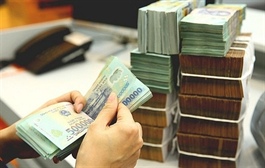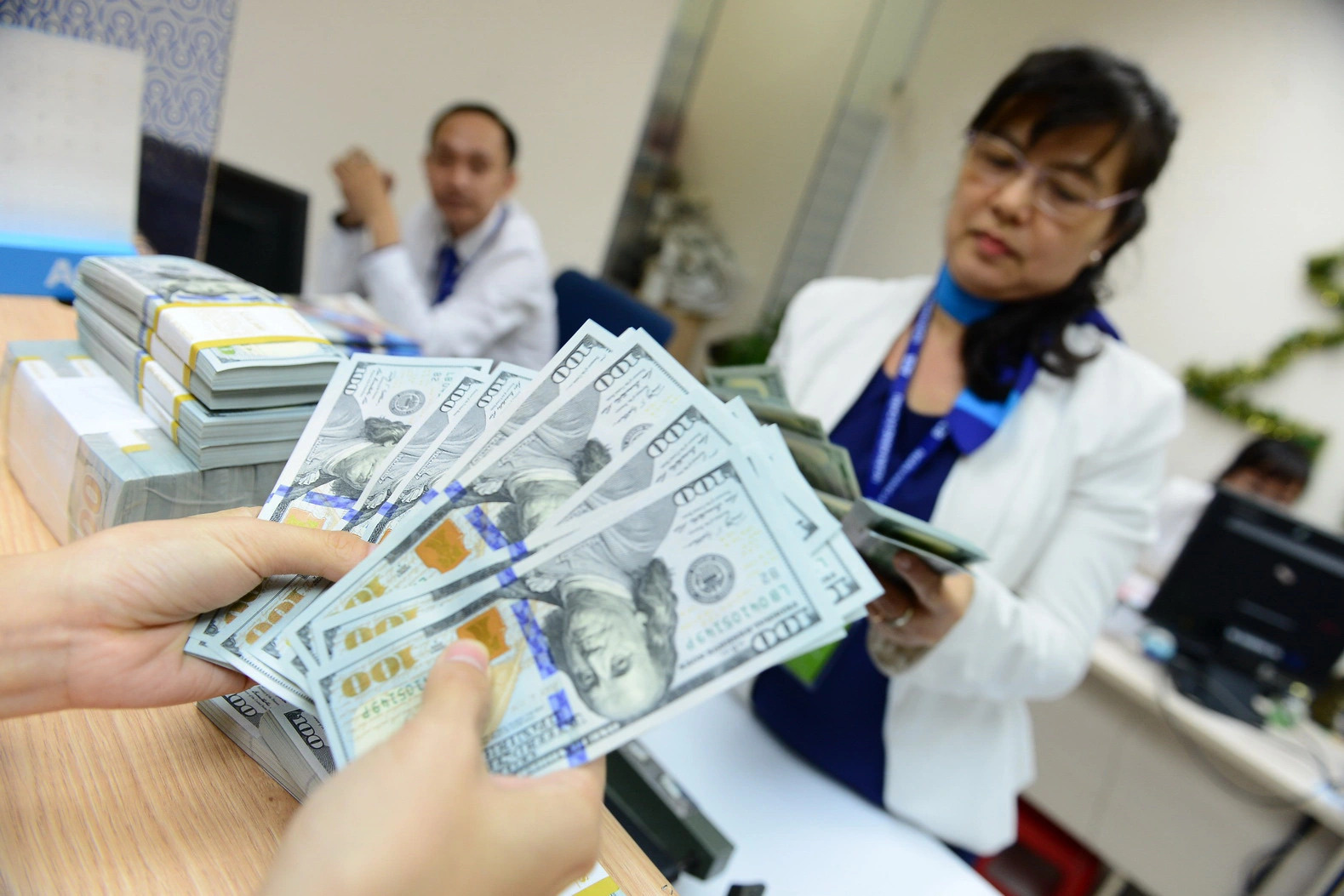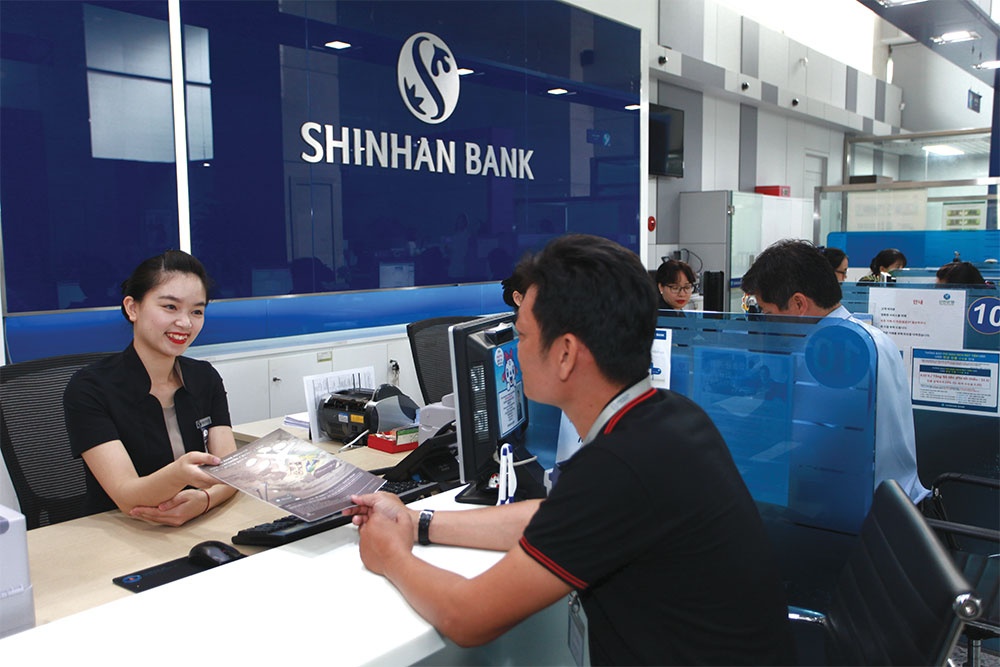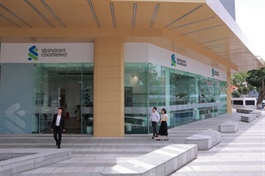Cross-border payment will greatly benefit regional trade and tourism
Cross-border payment will greatly benefit regional trade and tourism
The State Bank of Vietnam (SBV) has signed a Memorandum of Understanding on regional payment connectivity with their counterparts of ASEAN5 countries, namely Indonesia, Malaysia, Philippines, Singapore, and Thailand.

A cross-border payment system can bring many benefits to the ASEAN region's commercial and tourism activities. — VNA/VNS Photo |
The central banks have agreed in principle to promote cross-border payment using methods including QR codes – a fast payment, among others. The banks are to work together in building and supervising a risk management system, one in line with local banking regulations.
Once implemented, travellers from member countries are to enjoy numerous conveniences and benefits. For example, payments can be made and processed using QR codes connected to their home country's bank accounts, eliminating the need to exchange and carry cash.
According to the SBV, the MoU was a step towards the greater ASEAN region's economic integration, aiming to further boost regional trade and tourism.
To date, there are nine bilateral QR code payment links in operation among ASEAN countries, with 10 more links in development. Among these, three links are already active, and five more links are being established.
In the near future, it is expected that the MoU will help expand the network of central banks to support cross-border payment, not only within the ASEAN region but also in other countries.
The SBV is currently serving as co-chair in the ASEAN Regional Payment System Working Committee (WC-PSS) for the 2022-24 period, along with the central bank of Thailand.
In this capacity, the SBV has been working together with the Thai central bank to promote cross-border payment connectivity within the region. On a side note, the two countries have adopted QR code payments since the end of 2022.
Cross-border payment is to play an important role in promoting commercial and tourism activities in the future, according to economists and industry experts.
As technology advances, there have been more and more cross-border payment methods including mobile payment and QR code, which have proven to be popular among tourists for their security and convenient features.
A blueprint for the ASEAN Economic Community 2025 (AEC 2025) has identified cross-border payment as one of the solutions to achieve greater regional economic integration and interconnectedness.
Two of the largest beneficiaries are the region's retail and tourism industries. A cross-border payment system will also allow countries to reduce their reliance on foreign currencies, especially for local businesses.
Small to medium-sized enterprises (SMEs) in the region are also likely to benefit greatly from such a system as they can further reduce operation costs by not having to maintain physical point-of-sale machines and their associated costs.























